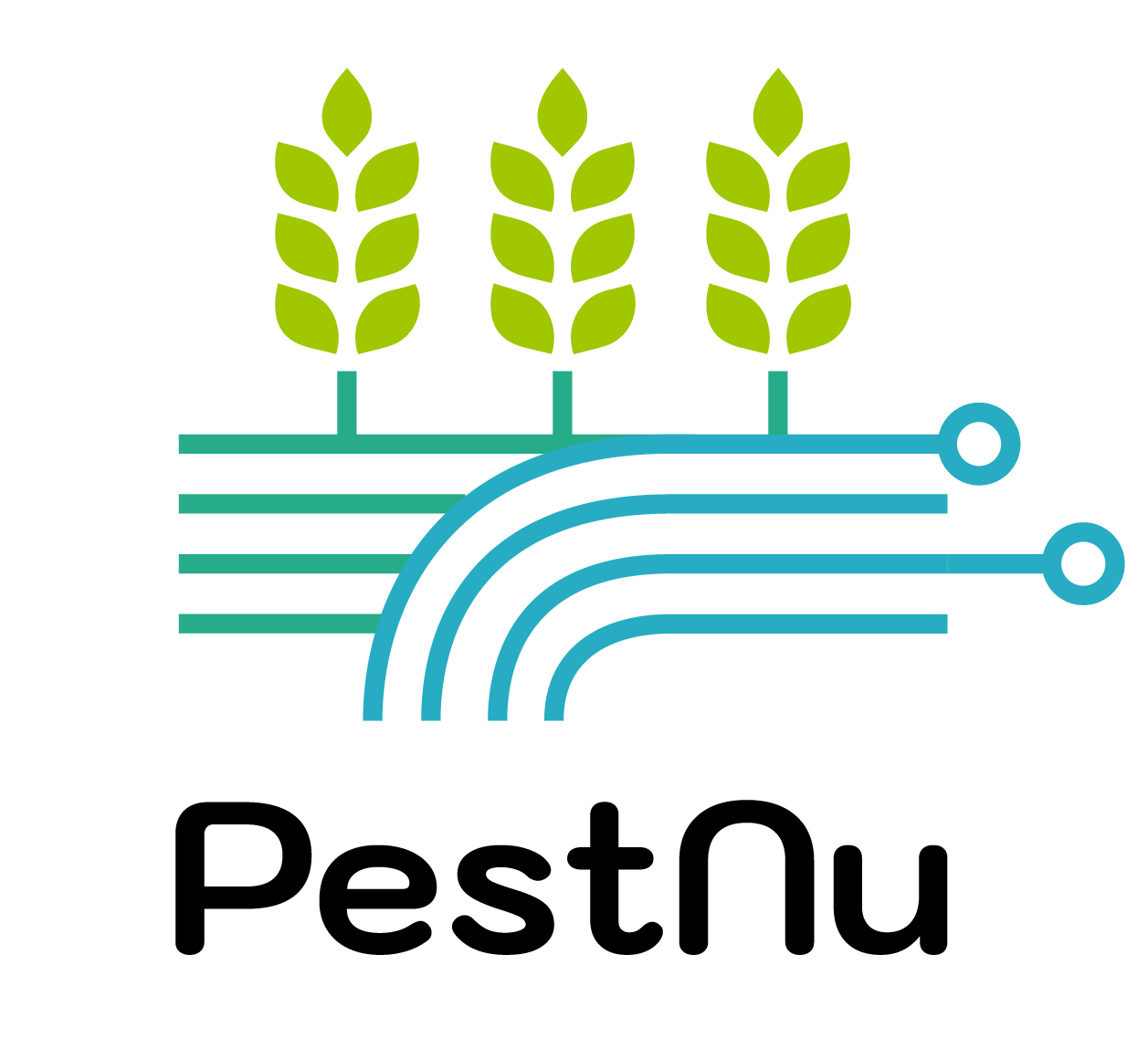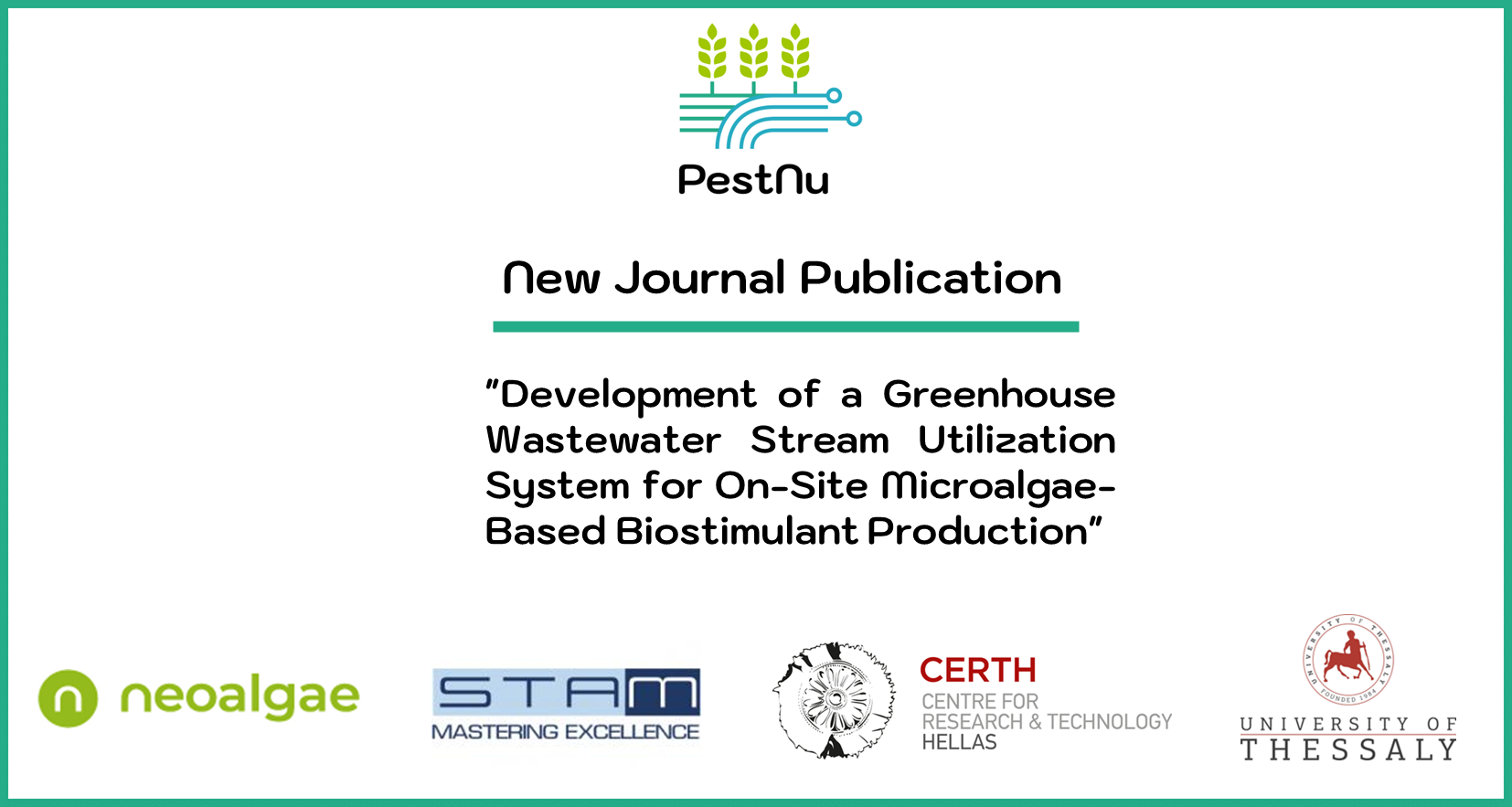University Of Thessaly, CERTH, NEOALGAE and STAM have proceeded to another great achievement within the context of PestNu project!
The article, ” Development of a Greenhouse Wastewater Stream Utilization System for On-Site Microalgae-Based Biostimulant Production” has been published in the “AgriEngineering” Journal, by MDPI!
The authors of the article are: Sofia Faliagka, Georgios Kountrias, Eleni Dimitriou, Maria Álvarez-Gil, Mario Blanco-Vieites, Fabio Magrassi , Marta Notari, Eleftheria Maria Pechlivani and Nikolaos Katsoulas its respective DOI is the following: https://doi.org/10.3390/agriengineering6030111
The abstract and the keywords of the publication can be found below.
Abstract
The challenges to feed the world in 2050 are becoming more and more apparent. This calls for producing more with fewer inputs (most of them under scarcity), higher resource efficiency, minimum or zero effect on the environment, and higher sustainability. Therefore, increasing the circularity of production systems is highly significant for their sustainability. This study investigates the utilization of waste streams from greenhouse hydroponic drainage nutrient solutions for the cultivation of the microalgae Desmodesmus sp. The cultivation was done in an automatically controlled container-scale closed tubular Photo Bio-Reactor (PBR). The study included lab-scale open-pond system experiments and in situ container-scale experiments in the greenhouse wastewater system to assess biomass growth, optical density, nitrogen consumption, and the influence of enzymatic complexes on microalgae cell breakdown. A batch-harvesting process was followed, and the harvested microalgae biomass was pre-concentrated using FeCl3 as a flocculant that has demonstrated efficient sedimentation and biomass recovery. Following microalgae sedimentation, the produced biomass was used for biostimulant production by means of a biocatalysis process. The enzymatic complexes, “EnzProt”, “EnzCell”, and “EnzMix” were tested for cell breakdown, with “EnzMix” at a dosage of 10% showing the most promising results. The results demonstrate successful biomass production and nitrogen uptake in the lab-scale open-pond system, with promising upscaling results within container-scale cultivation. The findings contribute to a better assessment of the needs of Desmodesmus sp. culture and highlight the importance in optimizing culture conditions and enzymatic processes for the production of biostimulants.
Keywords: wastewater; photo-bio-reactor; agro-waste; microalgae; biostimulants; circular economy
You can reach the full article following this link: https://www.mdpi.com/2624-7402/6/3/111

